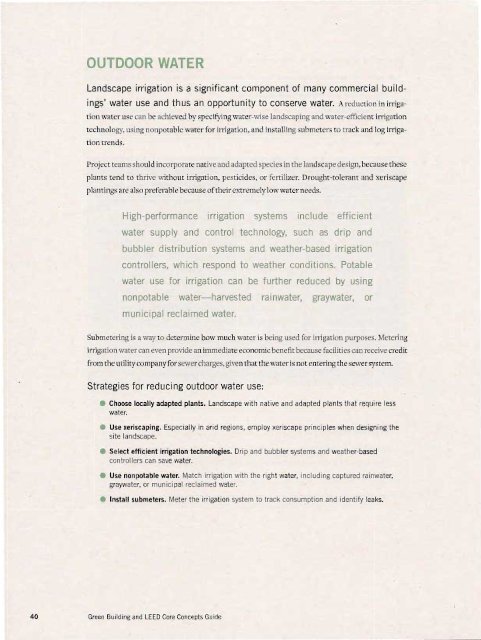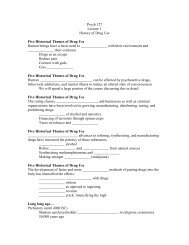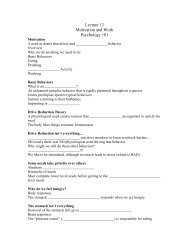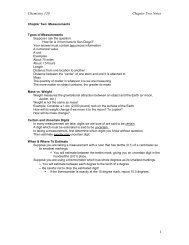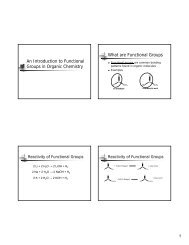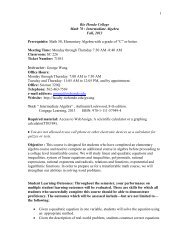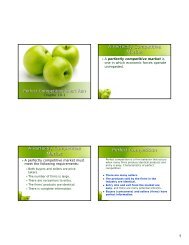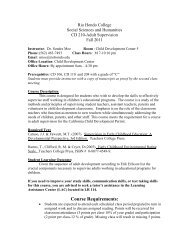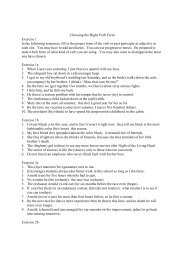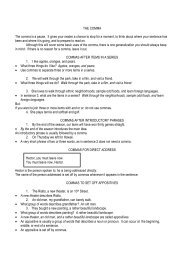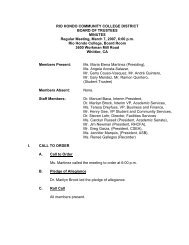Green Building and LEED Core Concepts Guide First Edition
Green Building and LEED Core Concepts Guide First Edition
Green Building and LEED Core Concepts Guide First Edition
Create successful ePaper yourself
Turn your PDF publications into a flip-book with our unique Google optimized e-Paper software.
OUTDOOR WATER<br />
L<strong>and</strong>scape irrigation is a significant component of many commercial buildings'<br />
water use <strong>and</strong> thus an opportunity to conserve water. Areductioninirrigation<br />
water use can be achieved by specifying water-wise l<strong>and</strong>scaping <strong>and</strong> water-efficient irrigation<br />
technology, using nonpotablc water for irrigation. <strong>and</strong> installing submctcrs to track <strong>and</strong> log irrigation<br />
trends.<br />
Proj ect teams should incorporate native <strong>and</strong> adapted species in the l<strong>and</strong>scape design, because these<br />
plants tend to thrive without irrigation, pesticides, or fertilizer. Drought-tolerant <strong>and</strong> xeriscape<br />
plantings arc also preferable because of their extremely low water needs.<br />
High-performance irrigation systems include efficient<br />
water supply <strong>and</strong> control technology, such as drip <strong>and</strong><br />
bubbler distribution systems <strong>and</strong> weather-based irrigation<br />
controllers, which respond to weather conditions. Potable<br />
water use for irrigation can be further reduced by using<br />
nonpotable water-harvested rainwater, graywater, or<br />
muniCipal reclaimed water.<br />
Submctering is a way to detennine how much water is being used for irrigation purposes. Metering<br />
irrigation water can even provide an immediate economic benefit because facilitics can receive credit<br />
from the utility companyfor sewer charges, given that the water is not entcring the sewer system.<br />
Strategies for reducing outdoor water use:<br />
• Choose locally adapted plants. L<strong>and</strong>scape wilh native <strong>and</strong> adapted plants that require less<br />
water.<br />
• Use xeriscaping. Especially in arid regions, employ xeriscape principles when designing the<br />
site l<strong>and</strong>scape.<br />
• Select effident irrigation technologies. Drip <strong>and</strong> bubbler systems <strong>and</strong> weather-based<br />
controllers can save water.<br />
• Use nonpotable water. Match irrigation with the right water, including captured rainwater,<br />
graywater, or municipal reclaimed water.<br />
• Install submeters. Meter the irrigation system to track consumption <strong>and</strong> identify leaks.<br />
40<br />
<strong>Green</strong> BUilding <strong>and</strong> <strong>LEED</strong> <strong>Core</strong> <strong>Concepts</strong> <strong>Guide</strong>


